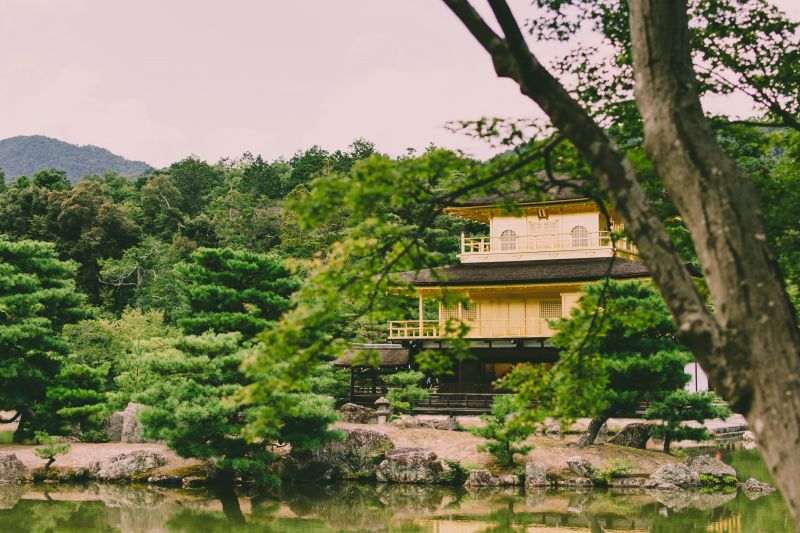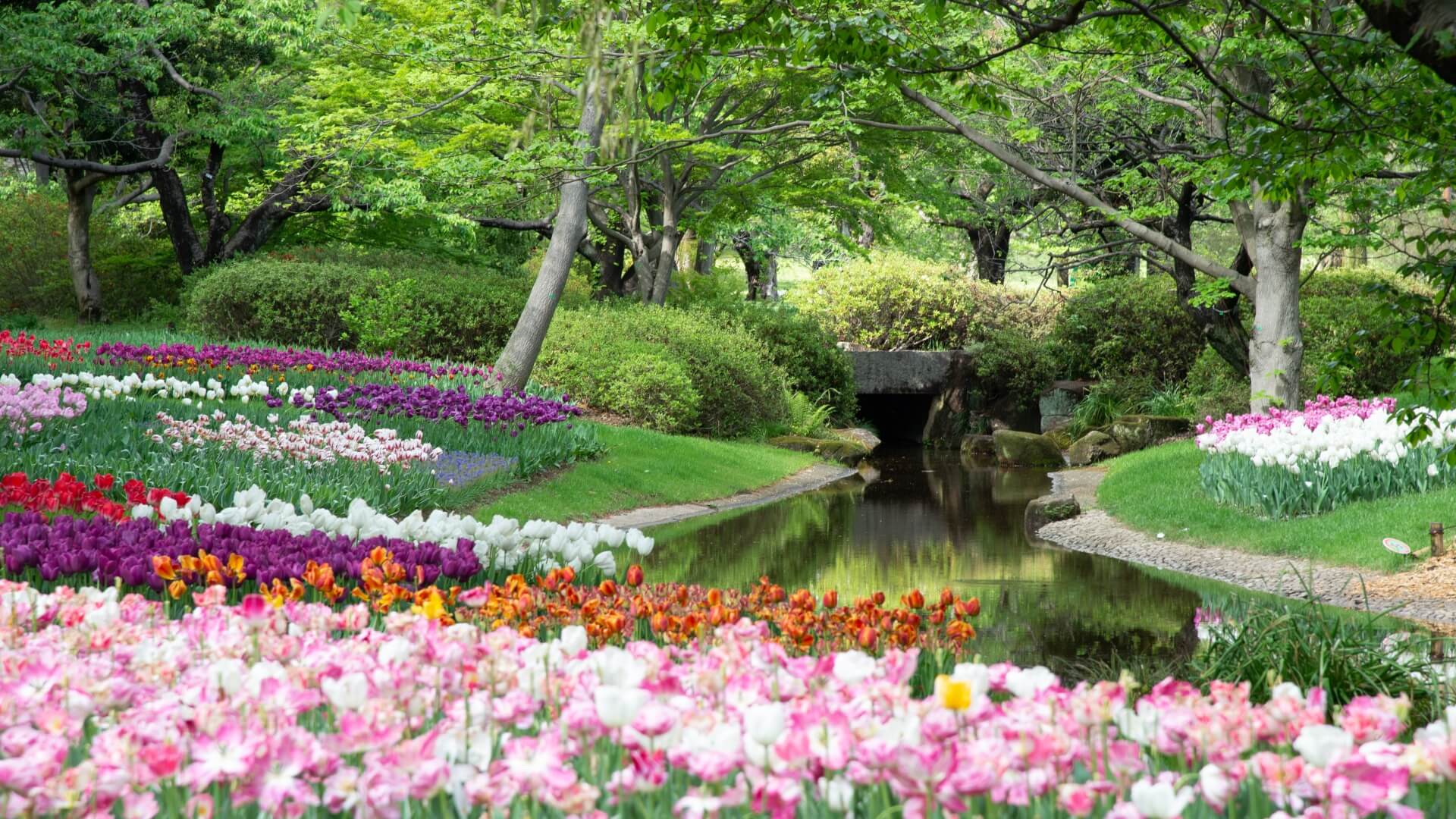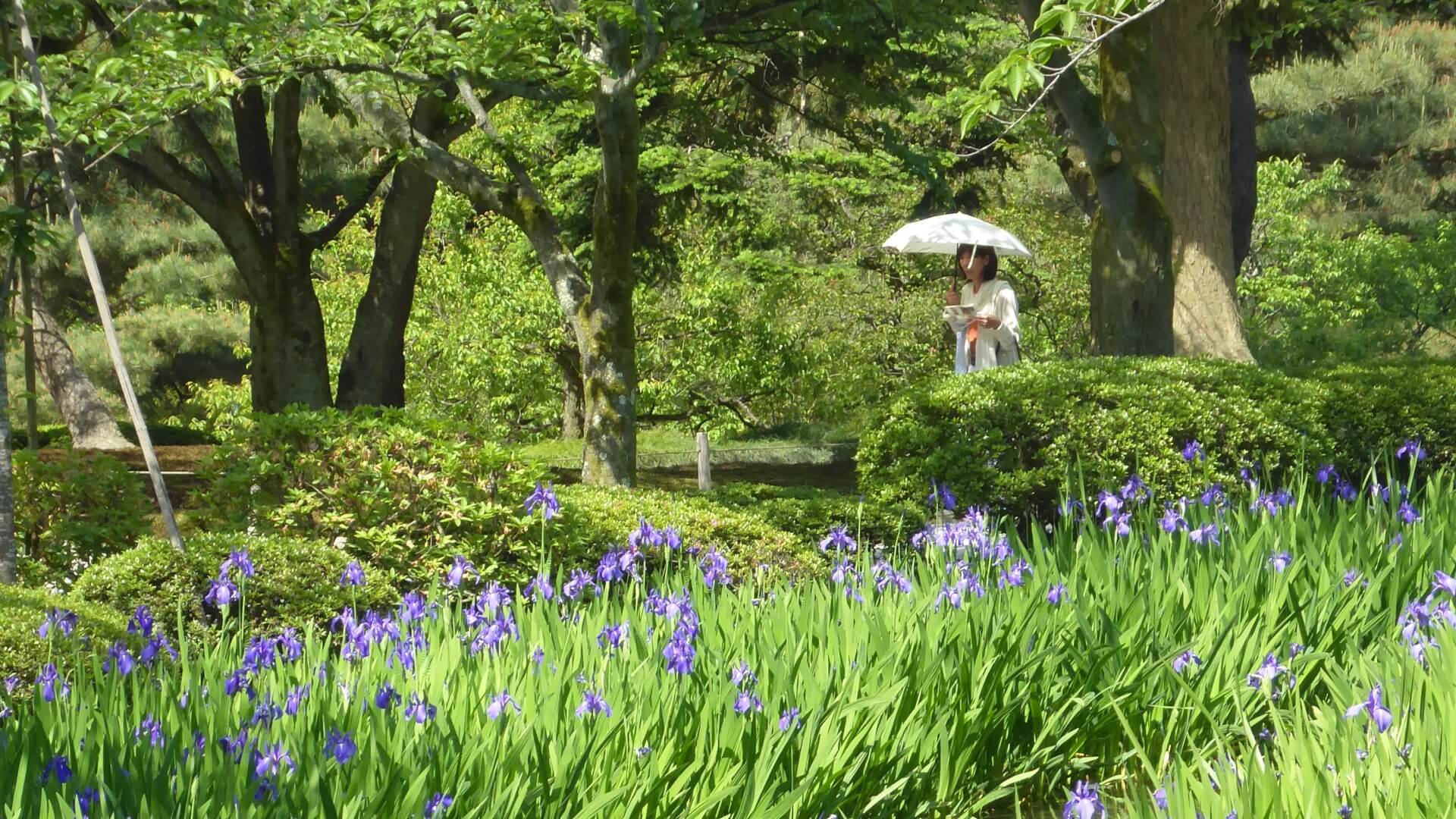Midori no Hi: A Day to Celebrate Nature and Greenery in Japan
Midori no Hi, or Greenery Day, is one of Japan’s most significant public holidays, celebrated every year with a deep respect for nature and the environment. It is a day dedicated to appreciating the beauty of the natural world and promoting environmental awareness. In this article, brought to you by Yoshida Hotel, we will explore the origins of Midori no Hi, the ways in which it is celebrated across Japan, and the importance of preserving nature for future generations.
What is Midori no Hi? Understanding the Holiday
Midori no Hi, which translates directly to “Greenery Day,” was established to honor the Japanese Emperor Showa’s love for nature and his efforts to promote environmental conservation. This day is a part of Japan’s Golden Week, a time when many people in the country take time off to relax and enjoy the outdoors.
The Origins of Midori no Hi
Midori no Hi was first observed in 1989, following the death of Emperor Showa (Hirohito). The holiday was initially celebrated on April 29, the Emperor’s birthday, to recognize his contributions to nature and the environment. However, in 2007, the date was shifted to May 4, as part of Japan’s effort to reorganize its holiday schedule during Golden Week.

Midori no Hi and Its Connection to Nature
Midori no Hi is more than just a celebration; it’s a reminder of the importance of preserving the natural world. On this day, various activities take place to promote environmental awareness, such as tree planting ceremonies, clean-up efforts, and educational events about sustainability. The holiday encourages citizens to reflect on the beauty of nature and how they can contribute to its protection.
How Midori no Hi is Celebrated in Japan
The celebration of Midori no Hi varies across Japan, with a variety of events and activities taking place in cities, towns, and rural areas alike. Let’s take a closer look at some of the ways in which the Japanese people celebrate this special day.
1. Planting Trees and Greenery
One of the most iconic ways Midori no Hi is celebrated is through tree planting ceremonies. Schools, communities, and even corporations often participate in planting trees or taking part in environmental conservation projects. These activities not only beautify the environment but also help to raise awareness about deforestation and the importance of green spaces in urban settings.
2. Visiting Parks and Natural Reserves
Many Japanese people take advantage of Midori no Hi to visit parks, gardens, and natural reserves. These spaces are popular spots for families to enjoy picnics, hikes, and outdoor activities. Public parks like Shinjuku Gyoen in Tokyo, Kiyosumi Teien, and the Kyoto Imperial Palace gardens are prime examples of places where people gather to enjoy nature.
3. Environmental Campaigns and Workshops
Environmental organizations across Japan hold campaigns and workshops on Midori no Hi to educate people about sustainable living and conservation. These events may focus on topics such as reducing carbon footprints, recycling, and protecting endangered species. Schools and universities also participate in hosting discussions and exhibitions related to green living.

4. Community Clean-Up Activities
Another way in which Midori no Hi is observed is through community clean-up efforts. People from all walks of life come together to pick up trash from parks, streets, and local waterways. These activities promote a sense of communal responsibility and help keep public spaces clean and beautiful.
The Significance of Midori no Hi in Japanese Culture
In Japanese culture, nature holds deep spiritual and cultural significance. The country’s close relationship with nature is reflected in various aspects of life, from traditional art forms to religious practices. Midori no Hi serves as a day to reconnect with this cultural heritage and foster a sense of unity between humans and the natural world.
Nature in Japanese Spirituality
Japan’s Shinto religion places a great emphasis on the spiritual value of nature. Many Shinto shrines are located in beautiful natural settings, and natural features such as trees, rivers, and mountains are believed to be inhabited by kami (spirits). Midori no Hi is a time to reflect on these spiritual connections and show gratitude for the resources that nature provides.

The Influence of Nature in Japanese Art
From ancient scroll paintings to contemporary photography, nature has been a significant influence on Japanese art. Artists throughout history have sought to capture the beauty of the changing seasons, landscapes, and natural elements. Midori no Hi allows people to reflect on the ongoing relationship between nature and art, inspiring a deeper appreciation for the beauty of green spaces and natural landscapes.
Why Midori no Hi is Important for the Future
As Japan continues to face environmental challenges, such as climate change, pollution, and habitat loss, the message of Midori no Hi has never been more relevant. The holiday serves as a reminder of the urgent need to protect the environment and preserve biodiversity for future generations.
Raising Awareness about Climate Change
Midori no Hi plays a significant role in raising awareness about climate change, which is a global issue affecting ecosystems and communities worldwide. By encouraging people to take action, whether it’s by planting trees, reducing waste, or supporting sustainable practices, Midori no Hi contributes to a collective effort to combat climate change.

Promoting Green Technologies
In recent years, Japan has made significant strides in developing green technologies to reduce its environmental impact. Midori no Hi encourages support for these innovations, such as renewable energy sources, eco-friendly transportation, and green architecture. The holiday helps foster a culture of sustainability in Japan, where the pursuit of a greener future is seen as a shared responsibility.
Top Hotels in Japan to Celebrate Midori no Hi and Enjoy Nature
If you’re planning to visit Japan during Midori no Hi and immerse yourself in the beauty of nature, there are many hotels that offer stunning views of natural landscapes and are located near parks and gardens. Here are some of the top hotels in Japan that offer a perfect setting for your Midori no Hi experience.
Fauchon Hotel Kyoto
Located in the heart of Kyoto, Fauchon Hotel is known for its luxurious accommodations and proximity to scenic gardens and historical sites. The hotel provides a perfect blend of modern amenities and traditional Japanese hospitality, offering guests a serene and peaceful atmosphere to celebrate Midori no Hi.
-
Address: 406 Nanbacho, Shimogyo Ward, Kyoto, 600-8027, Japan
-
Phone: +81 75-751-7711

Kadensho, Arashiyama Onsen, Kyoto – Kyoritsu Resort
Situated in the picturesque Arashiyama district, Kadensho offers breathtaking views of the surrounding mountains and lush greenery. The hotel features an onsen (hot spring), making it an ideal place for relaxation while connecting with nature during Midori no Hi.
-
Address: 5-4 Arashiyama Nishiichikawacho, Nishikyo Ward, Kyoto, 616-0003, Japan
-
Phone: +81 75-863-0489

Garrya Nijo Castle Kyoto
Located near the iconic Nijo Castle, Garrya offers a tranquil escape with its beautiful gardens and historical ambiance. It’s the perfect place to unwind and enjoy nature while taking part in Midori no Hi celebrations.
-
Address: 180-1 Ichinocho, Nakagyo Ward, Kyoto, 604-8305, Japan
-
Phone: +81 75-366-5806

Banyan Tree Higashiyama Kyoto
Nestled in the beautiful Higashiyama district, Banyan Tree offers luxurious accommodations with stunning views of Kyoto’s natural beauty. The hotel is an excellent place to relax and reflect on the importance of nature during Midori no Hi.
-
Address: 7-番地 Seikanji Ryozancho, Higashiyama Ward, Kyoto, 605-0861, Japan
-
Phone: +81 75-531-0500

Kyoto Umekoji Kadensho
A serene retreat located in the heart of Kyoto, Kyoto Umekoji Kadensho is perfect for those who want to celebrate Midori no Hi surrounded by nature. The hotel’s tranquil atmosphere makes it an ideal destination for relaxation and reflection.
-
Address: 41-10 Sujakuuchihatacho, Shimogyo Ward, Kyoto, 600-8843, Japan
-
Phone: +81 75-316-0055

The Westin Miyako Kyoto
The Westin Miyako Kyoto offers luxurious accommodations with a scenic view of the surrounding hills and natural beauty. Guests can enjoy a peaceful stay while celebrating Midori no Hi in one of Japan’s most beautiful cities.
-
Address: Keage Sanjo, Higashiyaman-Ku, Kyoto, 605-0052, Japan
-
Phone: +81 75-771-7111

RIHGA Royal Hotel Kyoto
This renowned hotel combines luxury with beautiful views of Kyoto’s historic sites and natural landscapes. It is an excellent choice for visitors looking to celebrate Midori no Hi in a relaxing and nature-filled environment.
-
Address: 1番地 Taimatsucho, Shimogyo Ward, Kyoto, 600-8237, Japan
-
Phone: +81 75-341-1121

Randor Residential Hotel Kyoto Suites
Located in the vibrant district of Kyoto, Randor Residential Hotel offers a unique blend of traditional and modern design. Guests can enjoy spacious suites with easy access to nature and historical sites.
-
Address: 38-1 Higashikujo Kitamatsunokicho, Minami Ward, Kyoto, 601-8022, Japan
-
Phone: +81 75-682-0083

Conclusion: The Future of Midori no Hi and Our Role in Protecting Nature
As we celebrate Midori no Hi, it’s essential to reflect on our role in preserving nature for future generations. By participating in activities such as tree planting, environmental clean-ups, and supporting sustainability efforts, we can all contribute to a greener future. Yoshida Hotel invites you to join in the celebration of nature and enjoy the beauty of Japan during Midori no Hi.
Details
Namistay chain hotel
- 61-63 Hoang Ke Viem, Bac My Phu, Ngu Hanh Son, Da Nang, Vietnam
- Hotline: 0905 432 992
- Lot 45 An Thuong 29, Bac My Phu, Ngu Hanh Son, Da Nang, Vietnam
- Hotline: 0977 455 546
- 42 An Thuong 26 Street, Bac My Phu, Ngu Hanh Son, Da Nang, Vietnam
- Hotline: 0965 442 842


